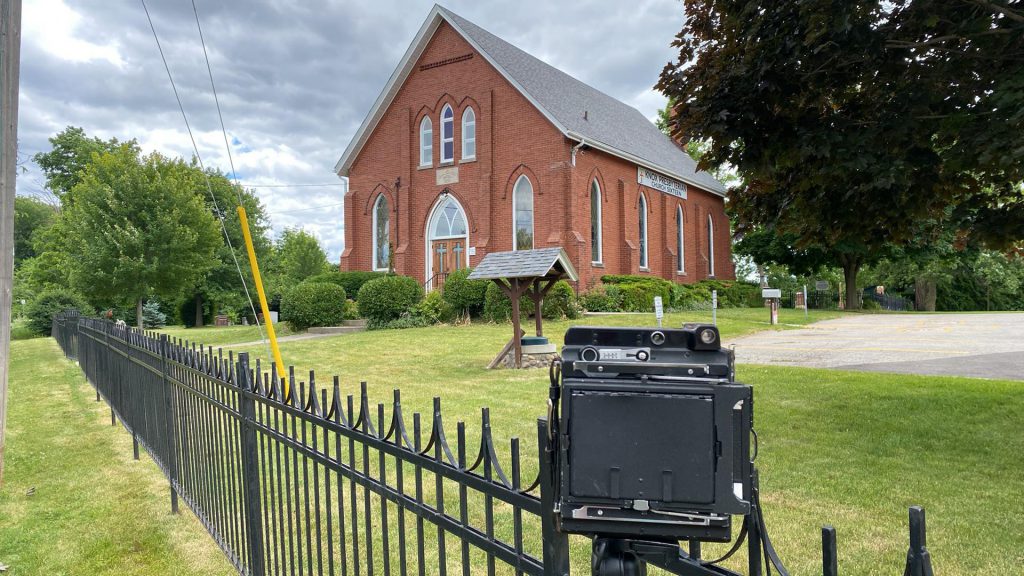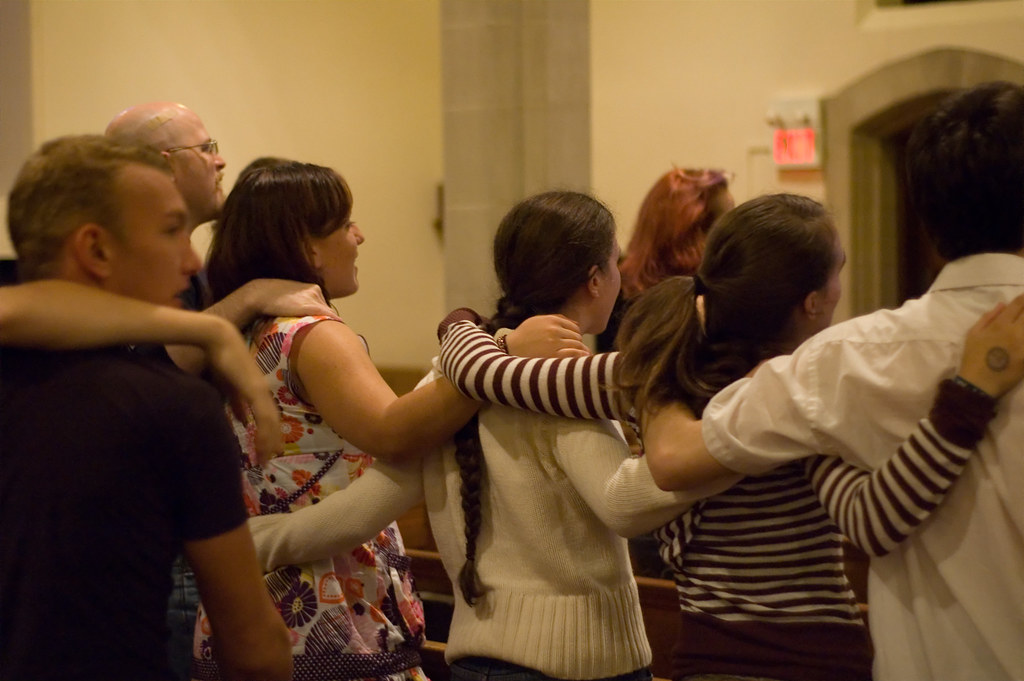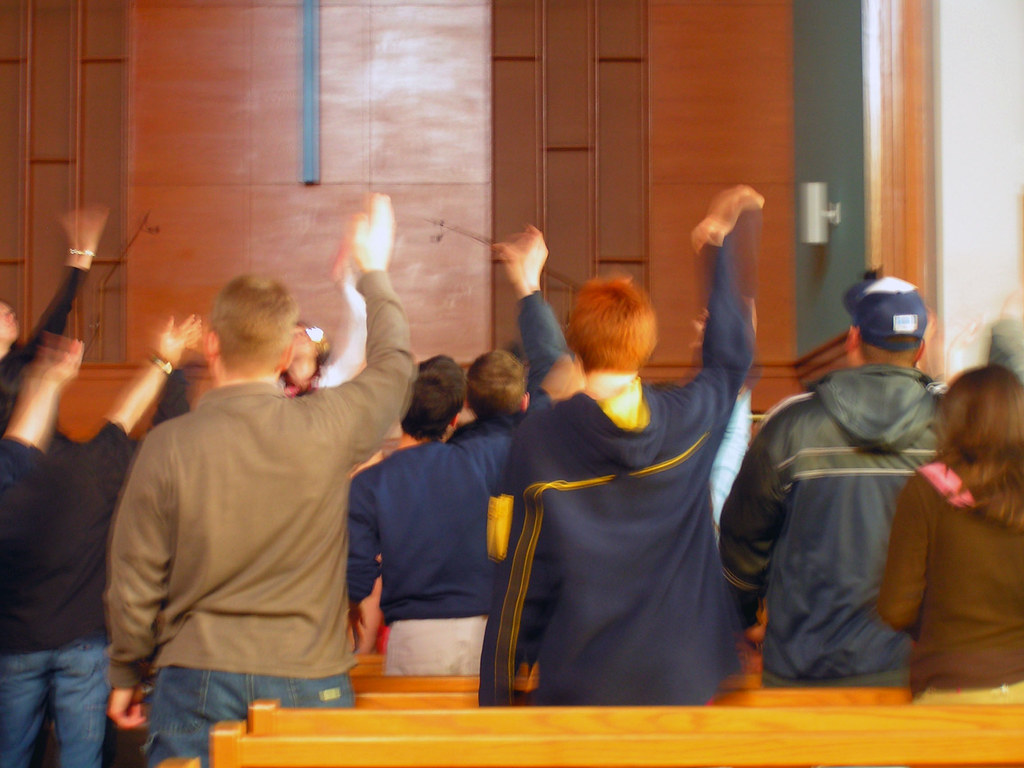With apologies to Led Zeppelin, this is not a project about classic rock but rather churches. The Church has been a major part of my life; I grew up at Knox Presbyterian Church, was baptised, attended Sunday School and Vacation Bible School, and was a part of youth groups both at Knox and other churches around my home town of Milton. I was a part of the Presbyterian Young People Society and helped run the group for several years. I met my lovely wife Heather through a Bible Study, we got married at Knox Milton, and I watched my nieces baptise in the same font that my brother and I were baptised.

Graflex Crown Graphic – Fuji Fujinon-W 1:5.6/125 – Ilford HP5+ @ ASA-400 – FA-1027 (1+14) 9:00 @ 20C
As part of a Media English course in High School, we did a unit on photography (where the photo bug bit me in a big way), and the final assignment was the creation of a photo essay. Mine was on the churches in Milton; I went around with cheap colour negative film (it was still cheap in 2001) and the family Minolta point-and-shoot (Minolta Riva Date Zoom 90) and captured the exterior and interior of any church that would let me come in and photography their sanctuary. When I thought about what sort of photography project I could work on through last summer for publishing this year, my mind went back to that project. Why not recreate it? But without the interior shots, go with a bigger camera and black & white film.
I decided quickly to run with a 4×5 film for the project. This allowed me to complete the project in a reasonable amount of time, at least the photographic elements, keep the number of buildings low and maintain far stricter criteria. One thing that helped guide my criteria is the Sunday School song, “the church is not a building, the church is not a steeple, the church is not a resting place. The church is the people!” So the churches need to be active and have an active worshipping congregation, there are plenty of repurposed churches in my region, but I wanted this to be a living project. Most modern church buildings are utilitarian structures designed to not ‘look’ like a church. My second criterion is that the church building has to trace itself back to the 19th Century, and the congregation occupying it also has to trace back to that century. I also limited myself to Halton Region, thus keeping the distance I had to travel low, and we only saw colonisation in the 19th Century. With that in mind, it took some time to figure out which churches to feature. Some congregations were easier than others; most protestant denominations (Anglican, Methodist, Presbyterian) are set in their ways and have a straight line between the modern congregation and the historical, although many now occupy newer buildings. The one denomination I did struggle to find is Roman Catholic churches, as parishes are often closed, and the members moved to a newer parish. My part of Ontario does not have many historic Roman Catholic parishes, but I found a few; sadly, the big historical parishes are outside my project.

It felt good to dust off the Crown Graphic again for the project; I haven’t used the camera since I wrapped up last year’s railway project. I used three lenses, 125mm, 150mm, and 210mm, which offered a good selection of focal lengths. Although in some cases, composition proved tricky. The film stock I chose this time around is Adox CHS 100 II. This is a modern recreation of Efke 100, a continuation of an original Adox film. Today the film is produced by the modern version of the company operated under Fotoimpex. For the developer, I chose Adox Atomal 49, a new formulation of an older Agfa/ORWO developer. Then ran all the film through my trusty SP-445 tank and scanned with my Epson V700 using Silverfast software. Is there room to run a similar project in the future? Of course, Ontario is filled with some old and historically significant congregations. I even keep things in mind for Hamilton, Niagara, and Toronto. But for now, I hope you enjoy a little taste of local (at least to me) history.



